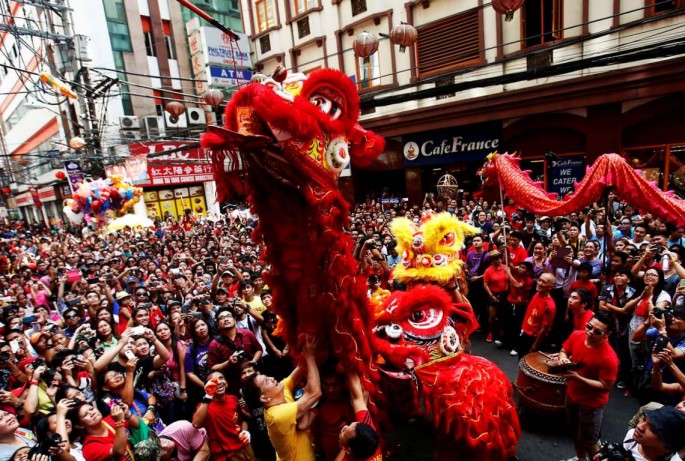A ban on fireworks in downtown Shanghai during the Chinese New Year’s Eve reduced the workload of street cleaners by 80 percent. However, it seems to have no effect on the quality of the air, which was not better than 2015.
According to Shanghai Daily, Shanghai banned fireworks within the Outer Ring Road this year.
Police in large numbers, assisted by over 300,000 volunteers in orange jackets, patrolled the streets during the New Year's Eve.
The number of sales rates for fireworks declined from more than 700 to approximately 70 this year, and people had to register with their national ID cards to purchase them.
The new policies proved effective, with no reports of fireworks from any place in downtown. 33,919 kilograms of fireworks wastes, all from outside the city's Outer Ring Road, were cleaned. The waste volume was a drop of 86.3 percent from last year, according to the city's fire bureau statistics.
Furthermore, the Shanghai Environmental Protection Bureau pointed out that air quality within the Outer Ring Road also improved. As of 2 a.m. Monday, Feb. 8, the average density of PM2.5 was 96 micrograms per cubic meter within the Outer Ring Road, while outside the ban area it was at 152 micrograms per cubic meter. The highest density was recorded in Jiading District, reaching 291 micrograms per cubic meter.
However, overall results indicated that the general air quality on the New Year's Eve this year was worse than last year's. The density of PM2.5 this year started picking up from approximately 40 at 6 p.m. on Monday, Feb. 8, and increased to a high of 130 micrograms per cubic meter by 7 a.m. on Tuesday, Feb. 9.
In 2015, the curve of the figure remained below that of the start of 2016, and only increased to about 70 at 1 a.m. on New Year's Day.



























